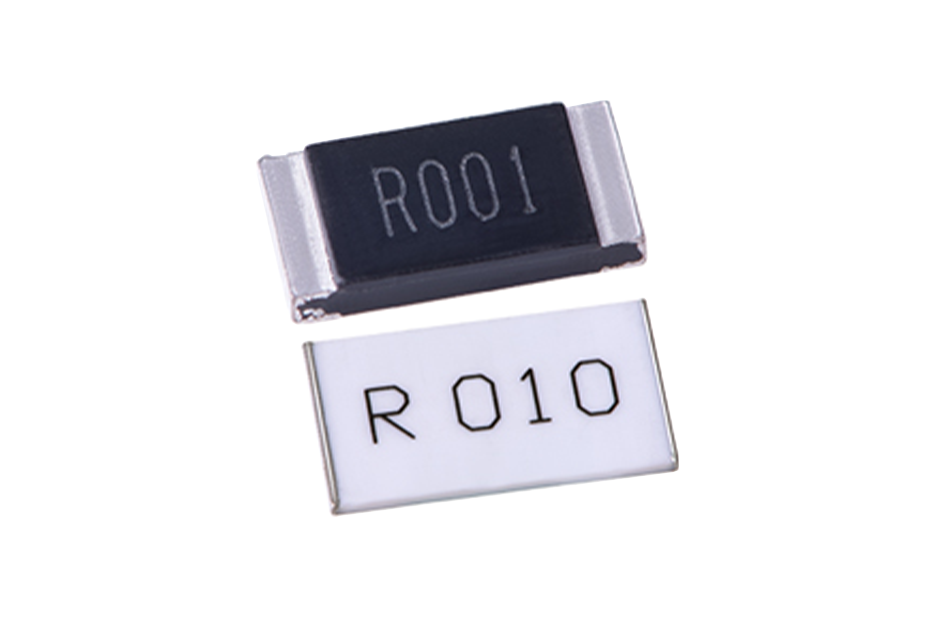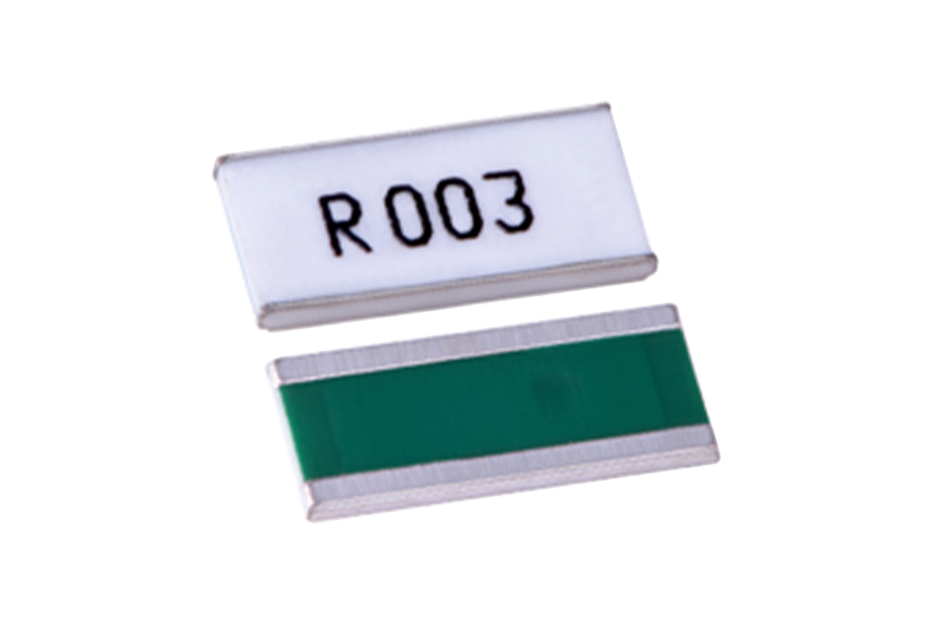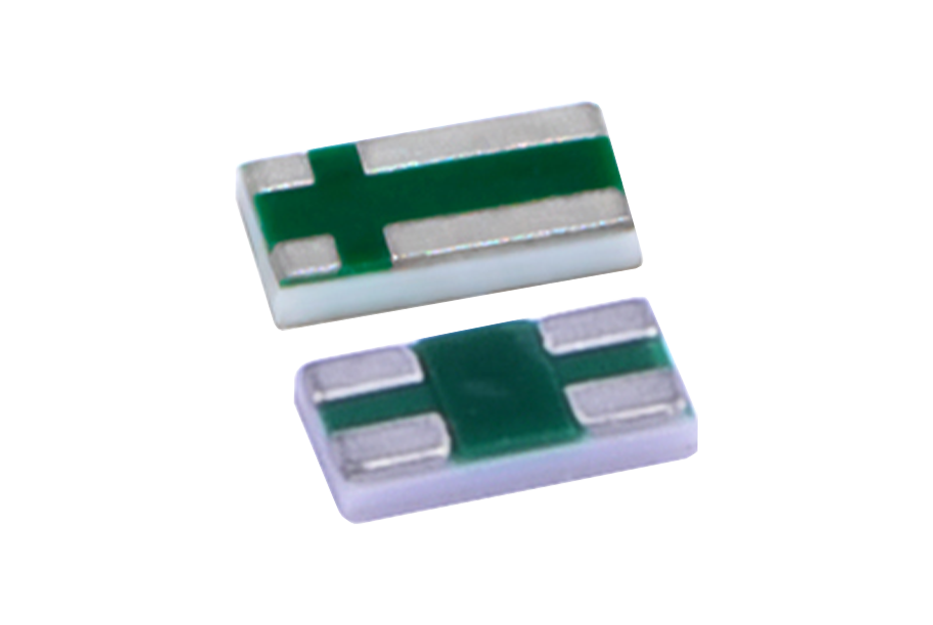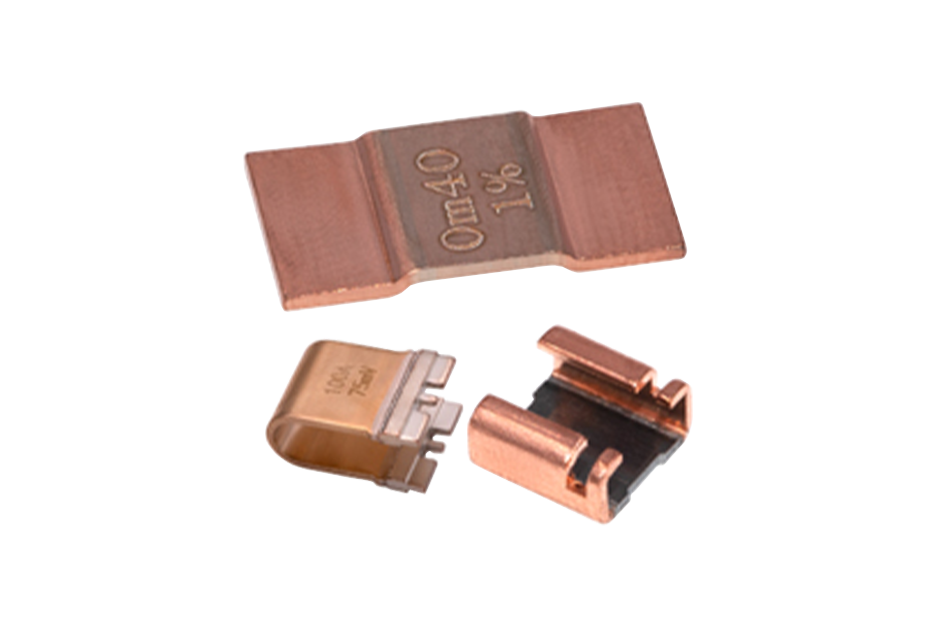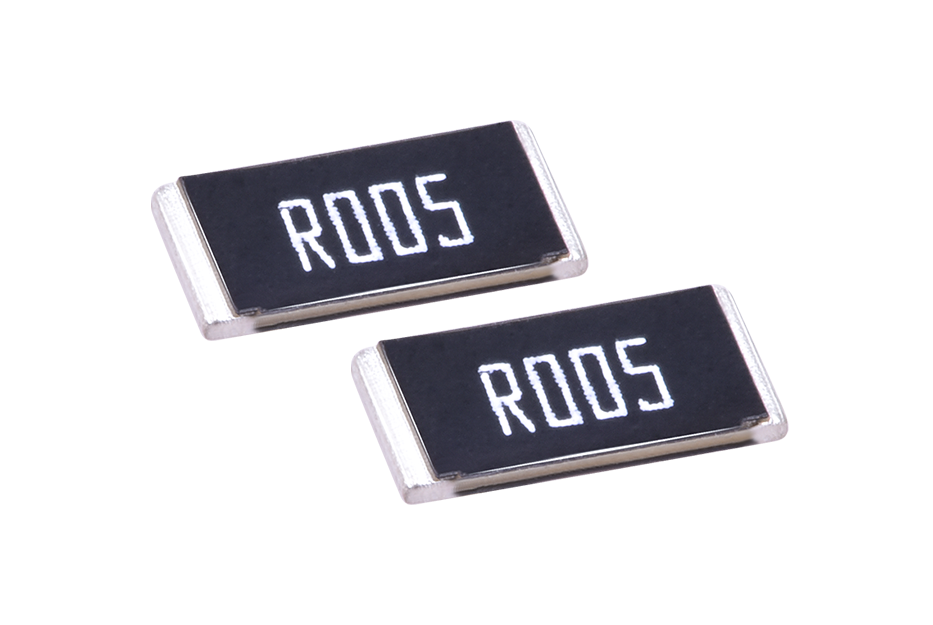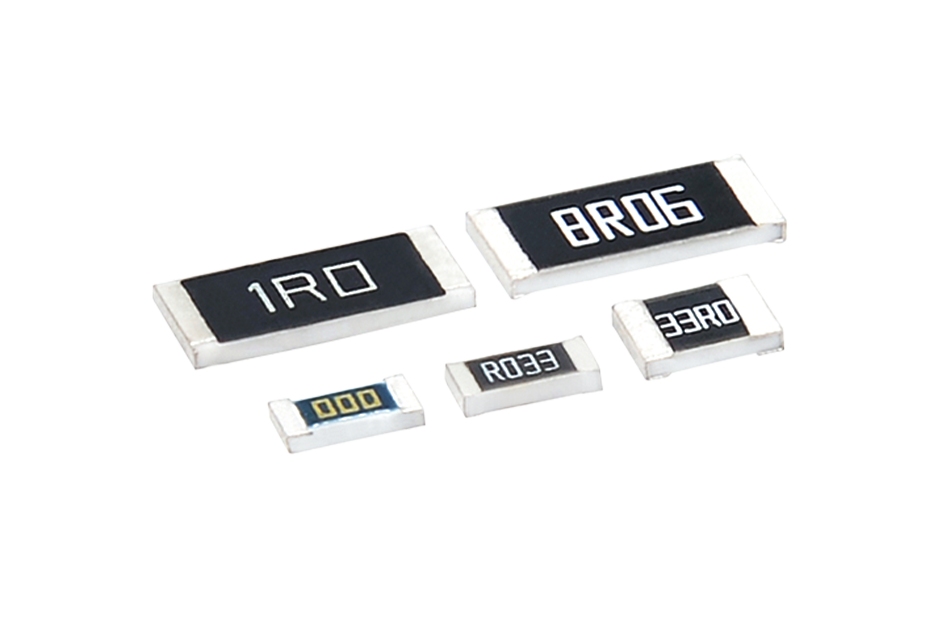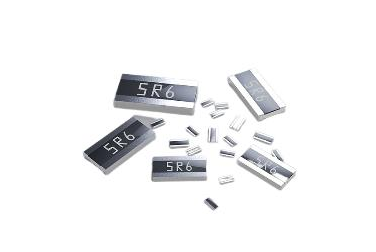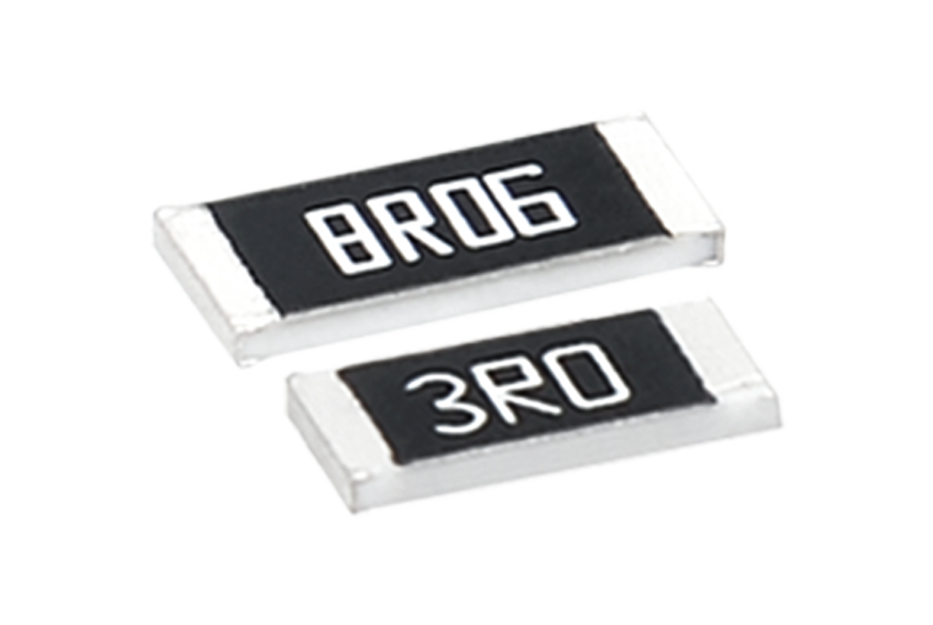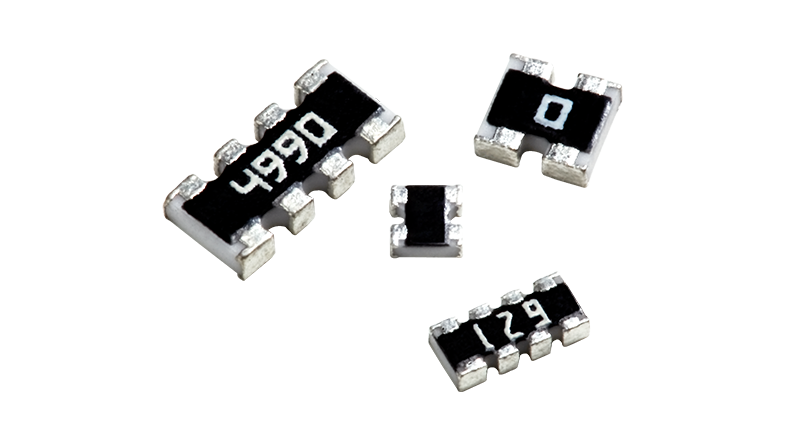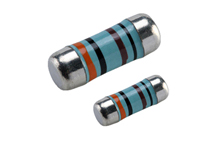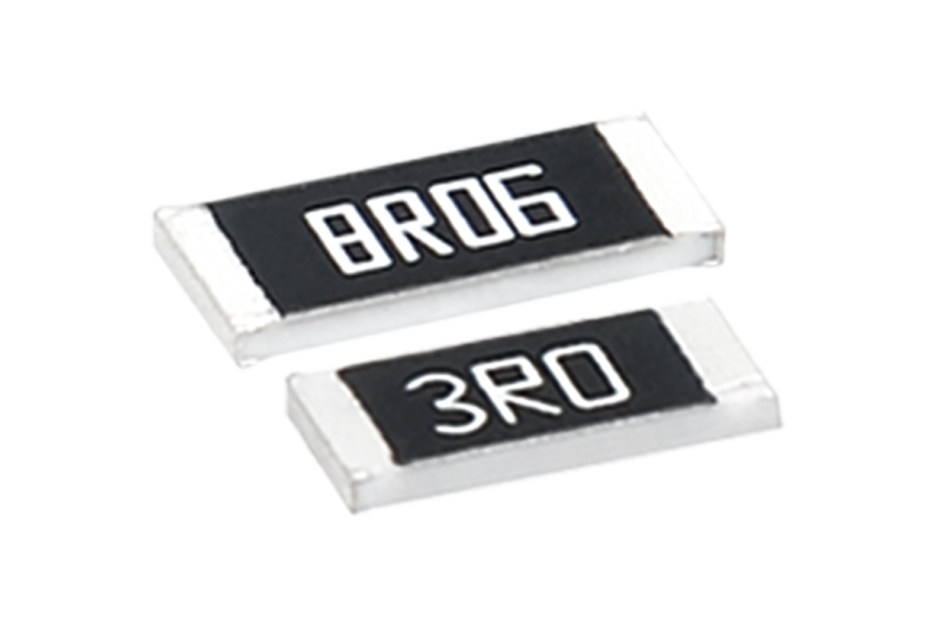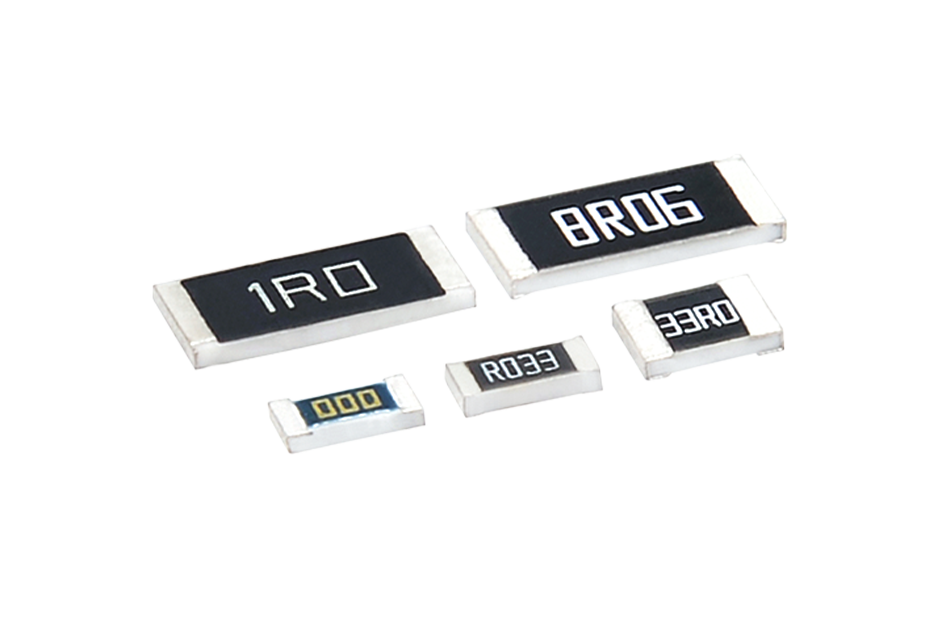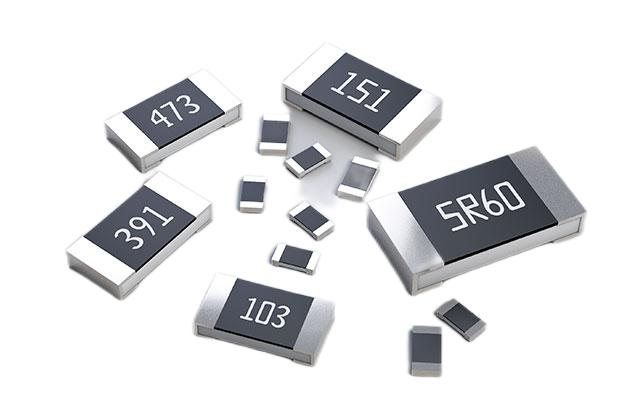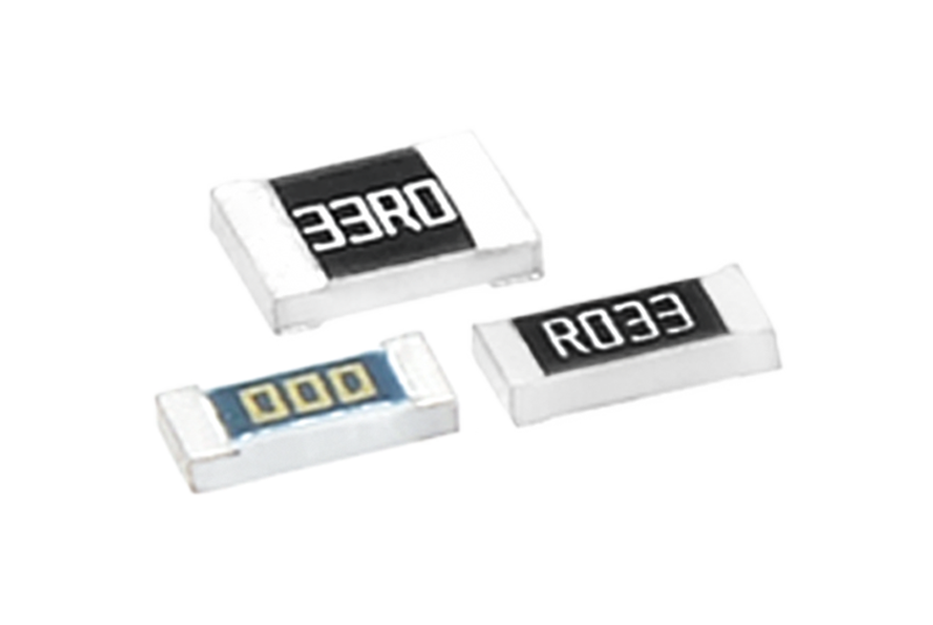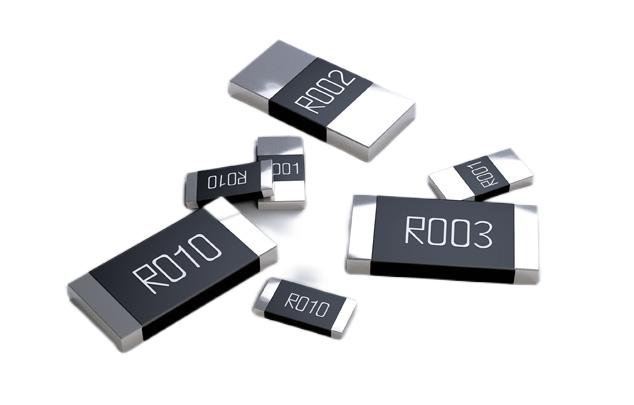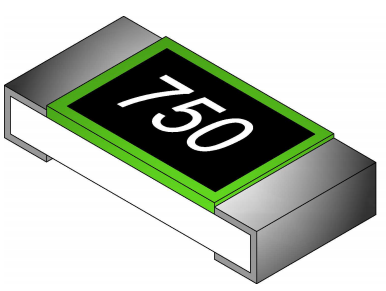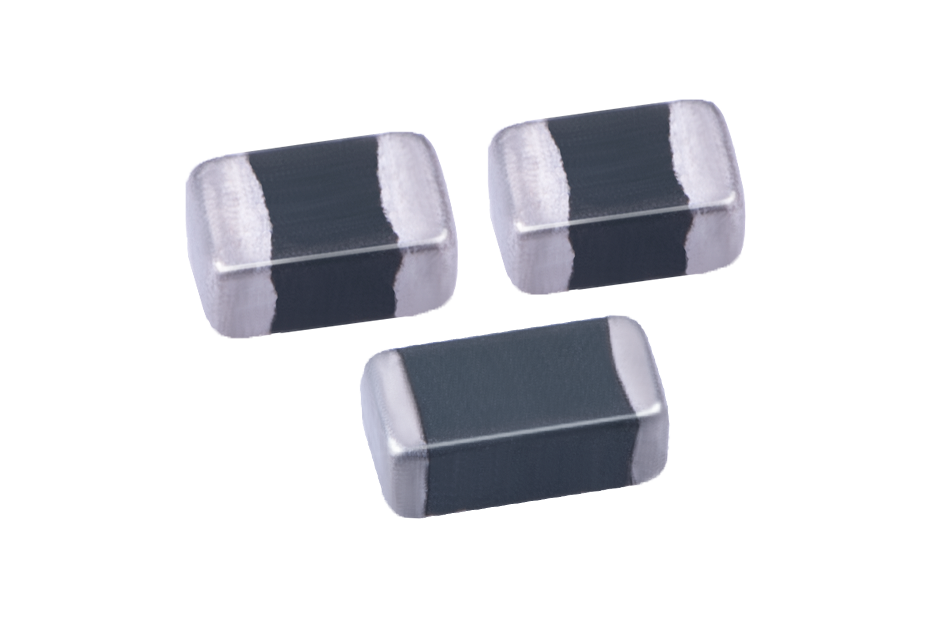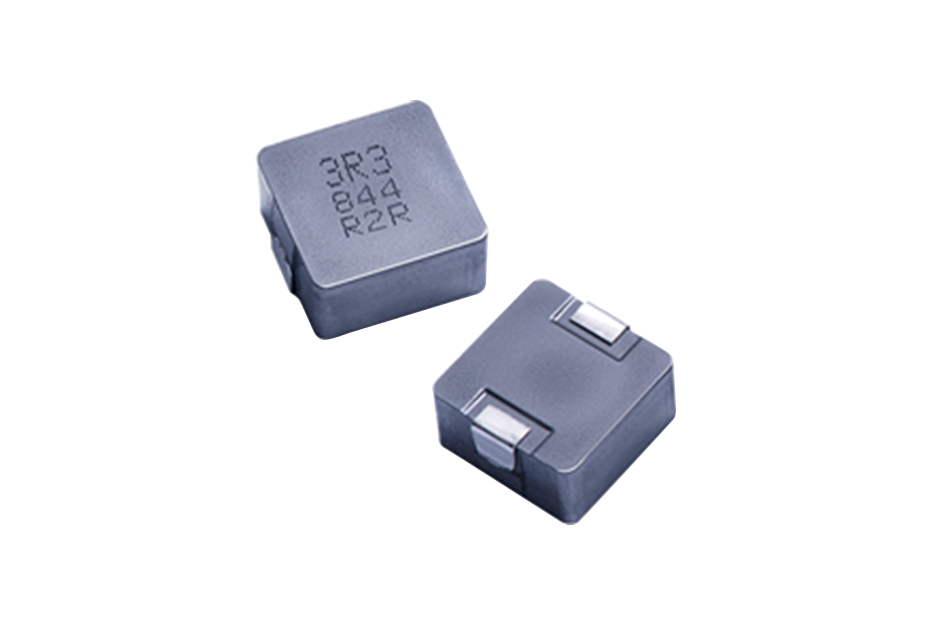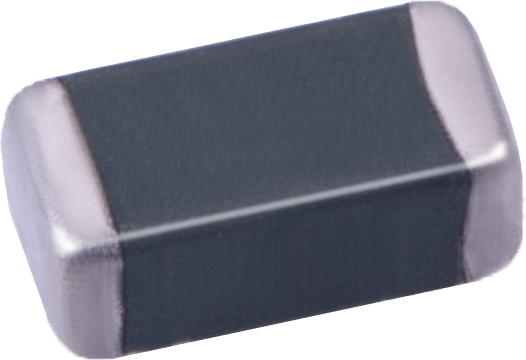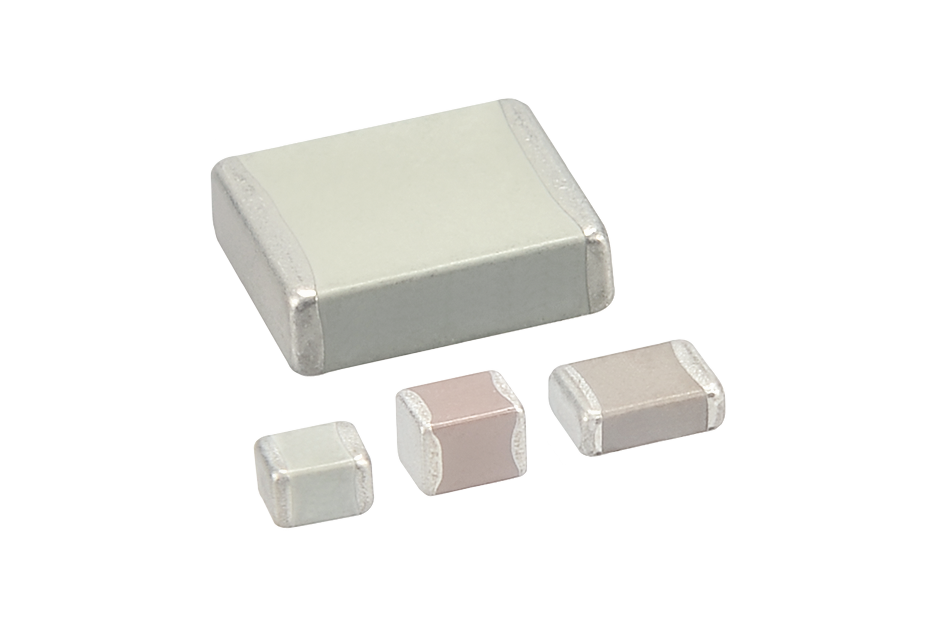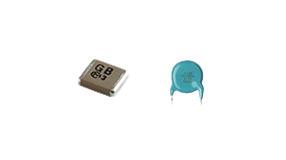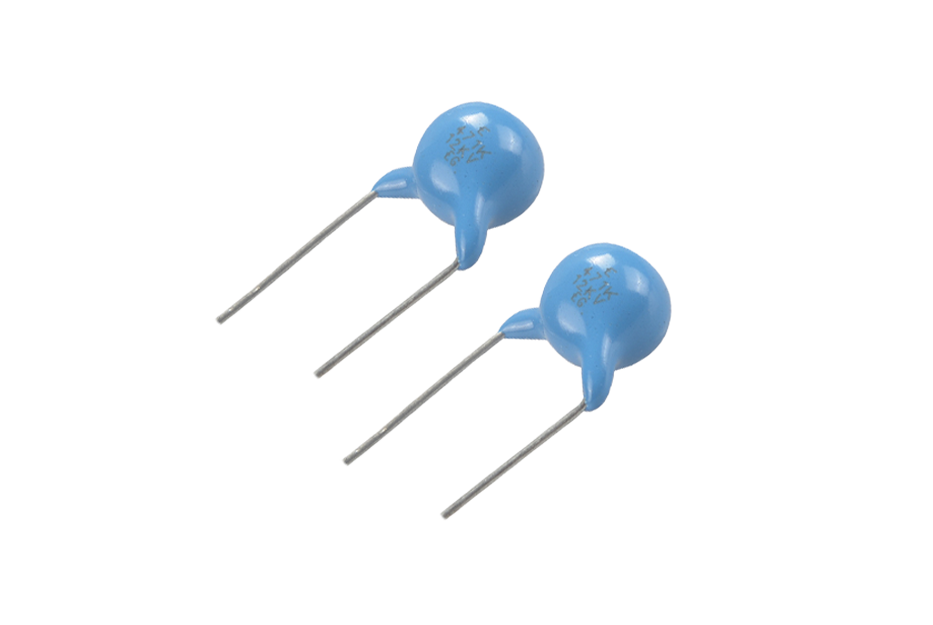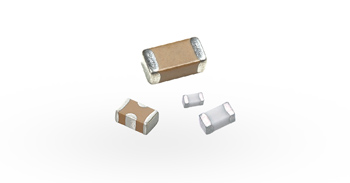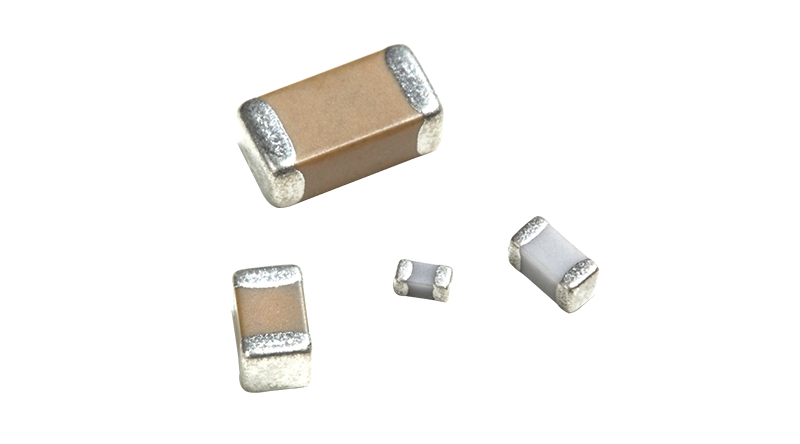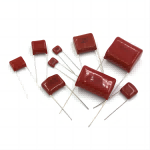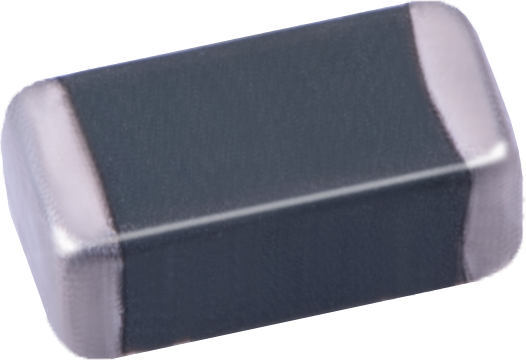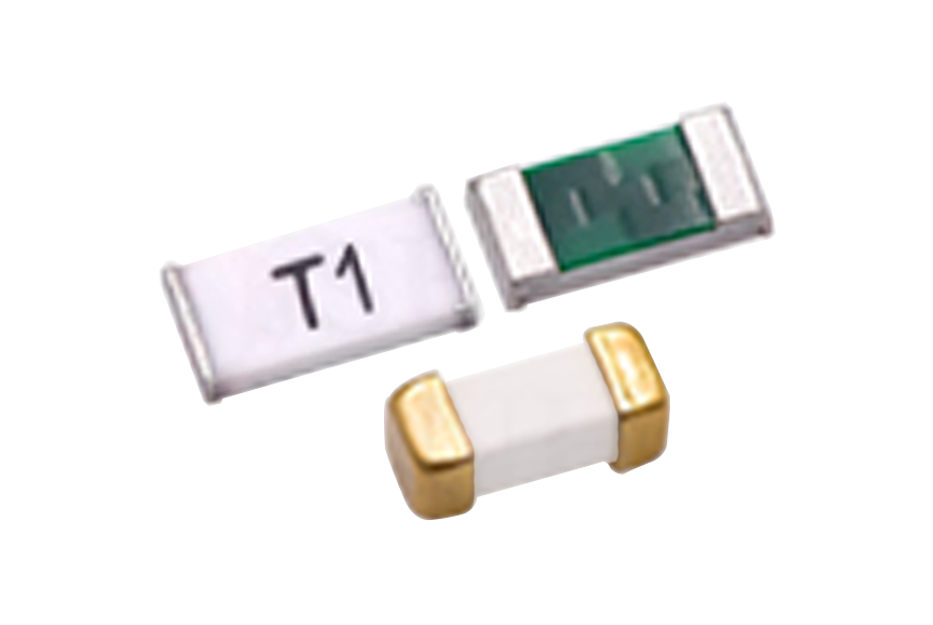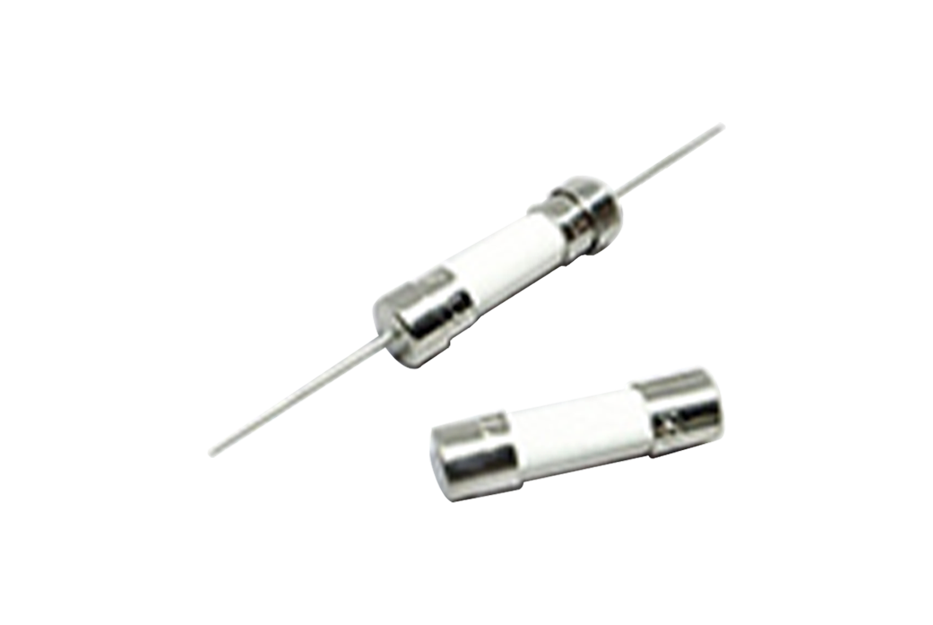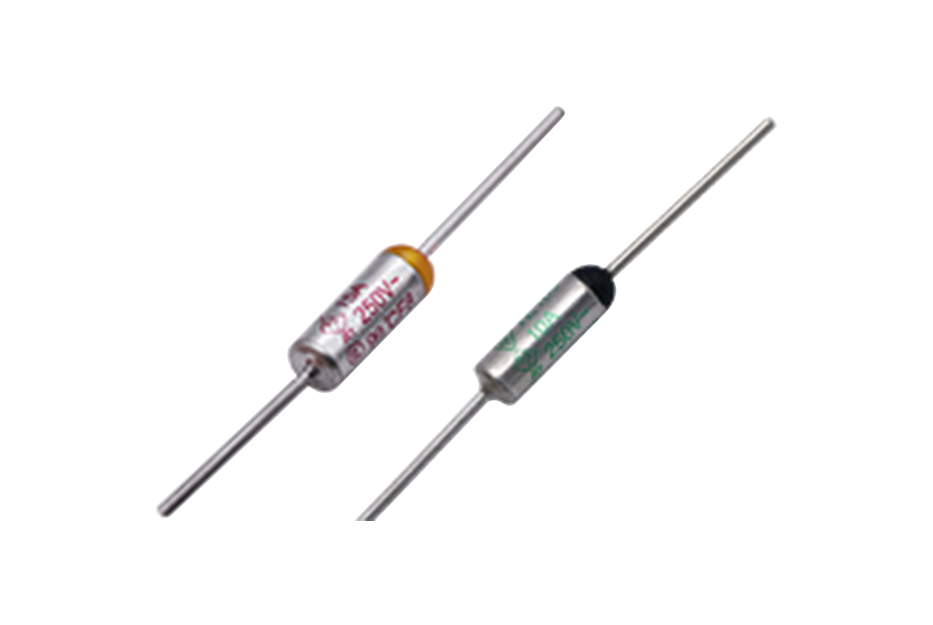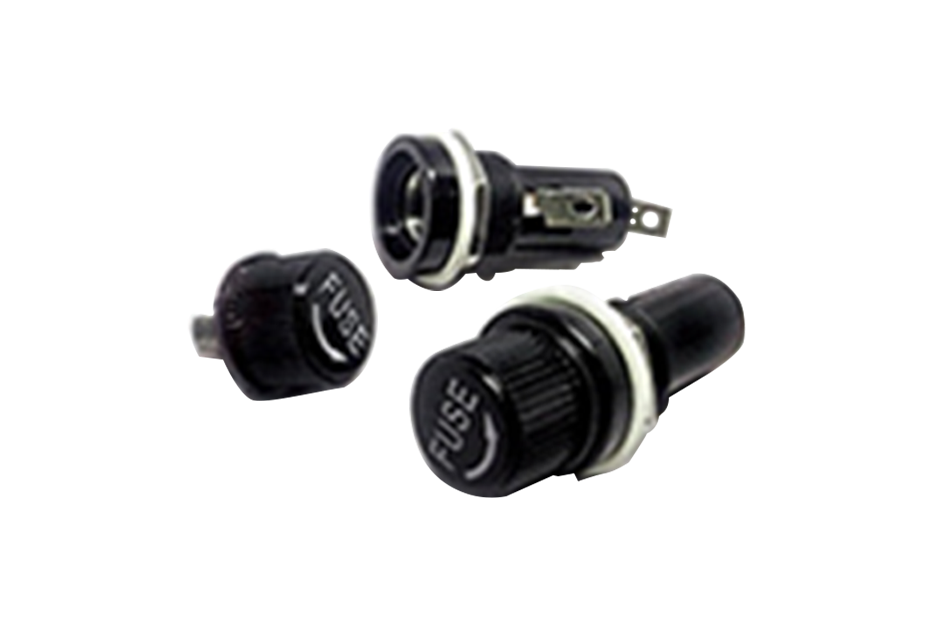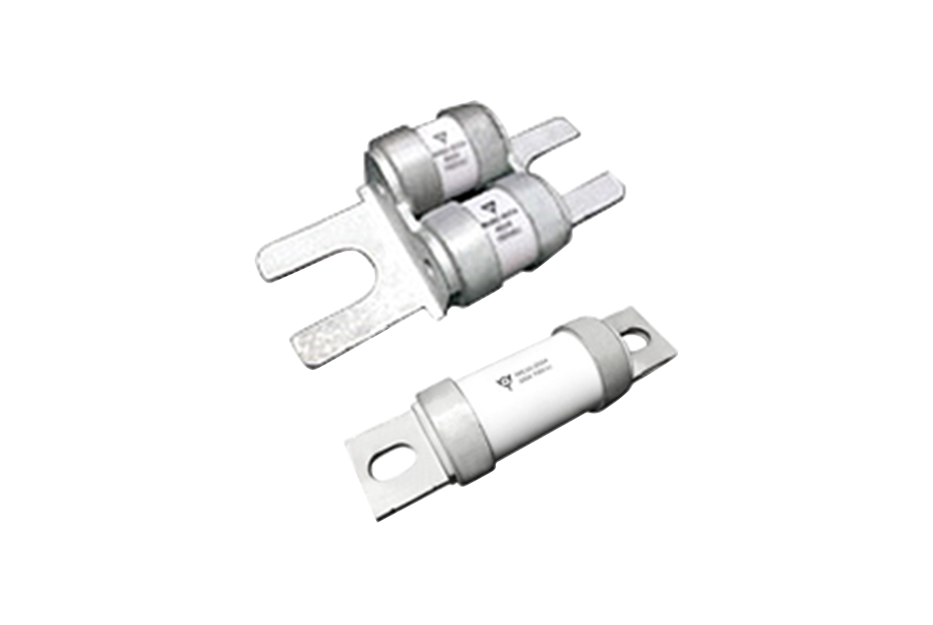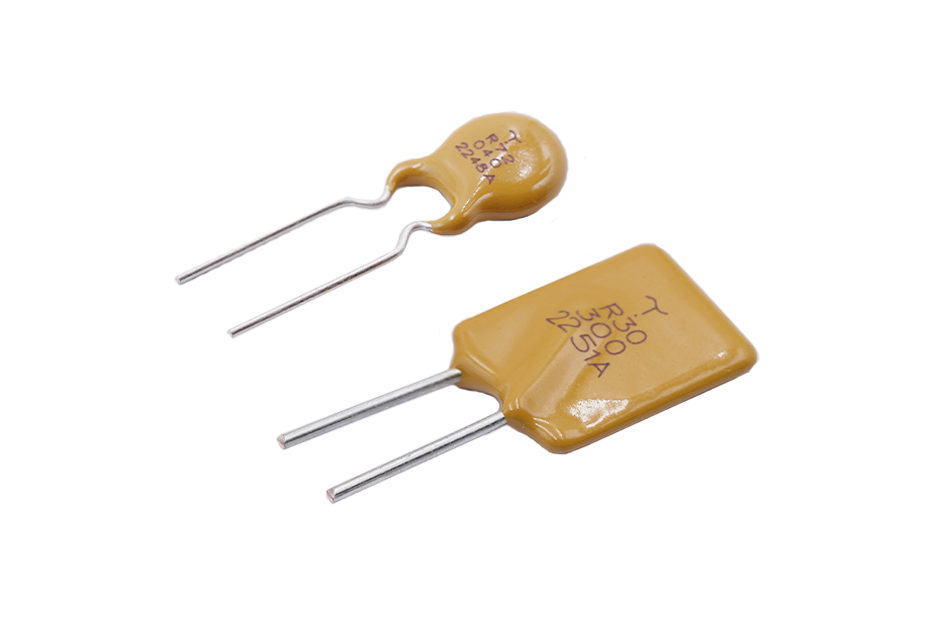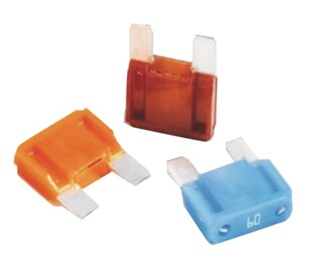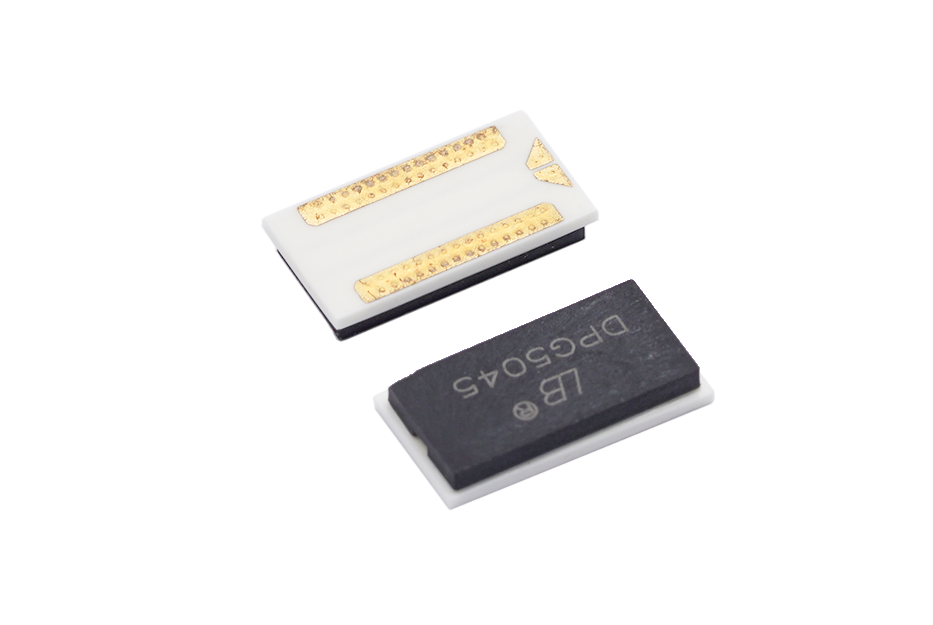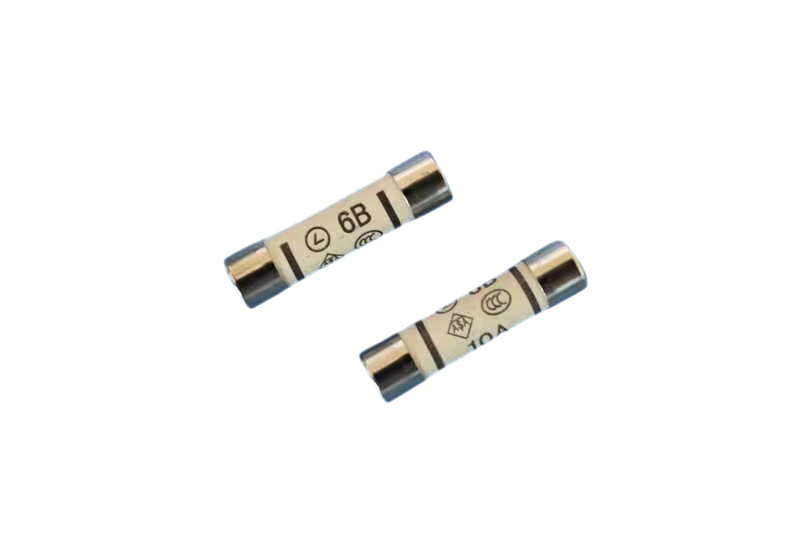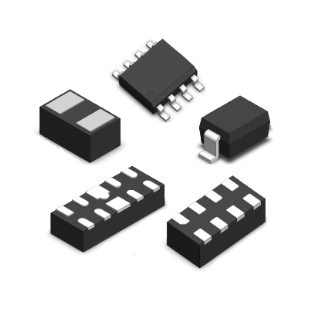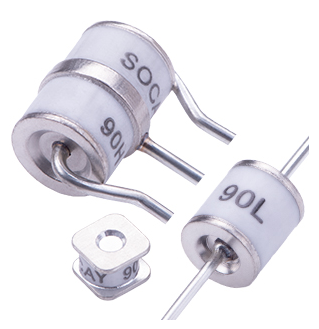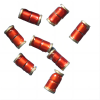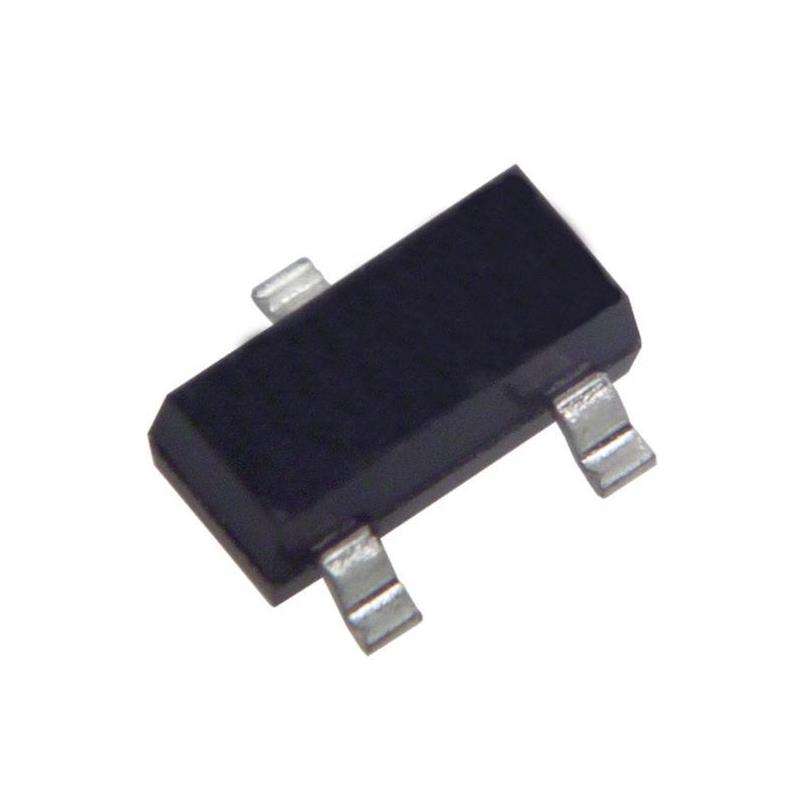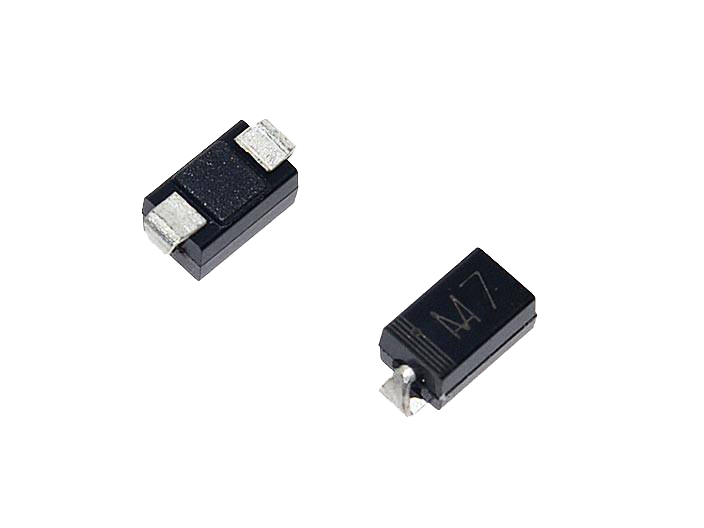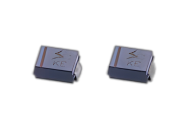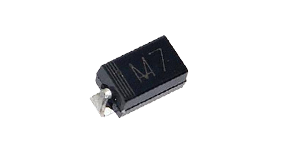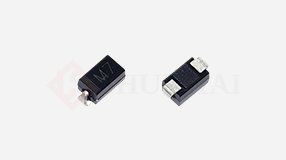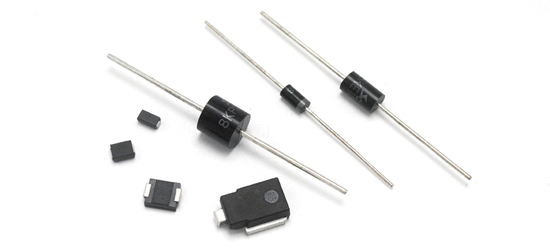List of Model Selection and Online Purchase Address for Chip Resistors: Click on the image to enter
List of Model Selection and Online Purchase Address for Chip Resistors: Click on the image to enter
Chip resistors are a common electronic component widely used in electronic devices. Its rated voltage refers to the maximum voltage that the SMD resistor can withstand under normal usage conditions. This article will provide a detailed introduction to the rated voltage and related knowledge of chip resistors.
Firstly, we need to understand the basic structure and working principle of patch resistors. Chip resistors typically consist of a ceramic substrate and a resistor body covered with a metal film. The thickness and length of the metal film determine the magnitude of the resistance value. When current passes through the chip resistor, the metal film generates resistance, thereby limiting the flow of current. The rated voltage of a chip resistor refers to the maximum voltage that the chip resistor can withstand at the rated current.
Secondly, the rated voltage of the SMD resistor is related to its structure and material. Generally speaking, the higher the rated voltage of SMD resistors, the higher the quality requirements for their structure and materials, and the corresponding increase in cost. The rated voltage of chip resistors is usually between tens of volts and hundreds of volts, with common rated voltages such as 25V, 50V, and 100V.
Thirdly, in practical applications, selecting the appropriate rated voltage of the SMD resistor is very important. If the voltage exceeds the rated voltage of the chip resistor, it may cause the resistor to burn out and even cause safety issues such as fire. Therefore, when designing a circuit, engineers need to choose the appropriate rated voltage of the chip resistor based on the circuit requirements.
Fourth: In addition to the rated voltage, there are also some other factors that need to be considered. For example, environmental temperature, overload current, and service life can all have an impact on the performance of chip resistors. In high-temperature environments, the power bearing capacity of SMD resistors may decrease, so it is necessary to choose SMD resistors with higher rated voltage. At the same time, if there is an overload current in the circuit, it is also necessary to choose a chip resistor with a higher rated voltage to ensure its normal operation.
Fifth: When actually purchasing SMD resistors, we can understand their rated voltage by checking the product specifications or inquiring with the supplier. The product specifications usually indicate the rated voltage and other performance parameters of the chip resistor. At the same time, suppliers can also provide corresponding suggestions and choices based on our needs.
In short, the rated voltage of a chip resistor refers to the maximum voltage that the chip resistor can withstand under normal usage conditions. Choosing the appropriate rated voltage of SMD resistors is crucial for circuit design and safety. In practical applications, we need to comprehensively consider factors such as the structure, material, environmental temperature, and overload current of the SMD resistor to select the appropriate rated voltage of the SMD resistor. I hope this article is helpful for you to understand the rated voltage of SMD resistors.

